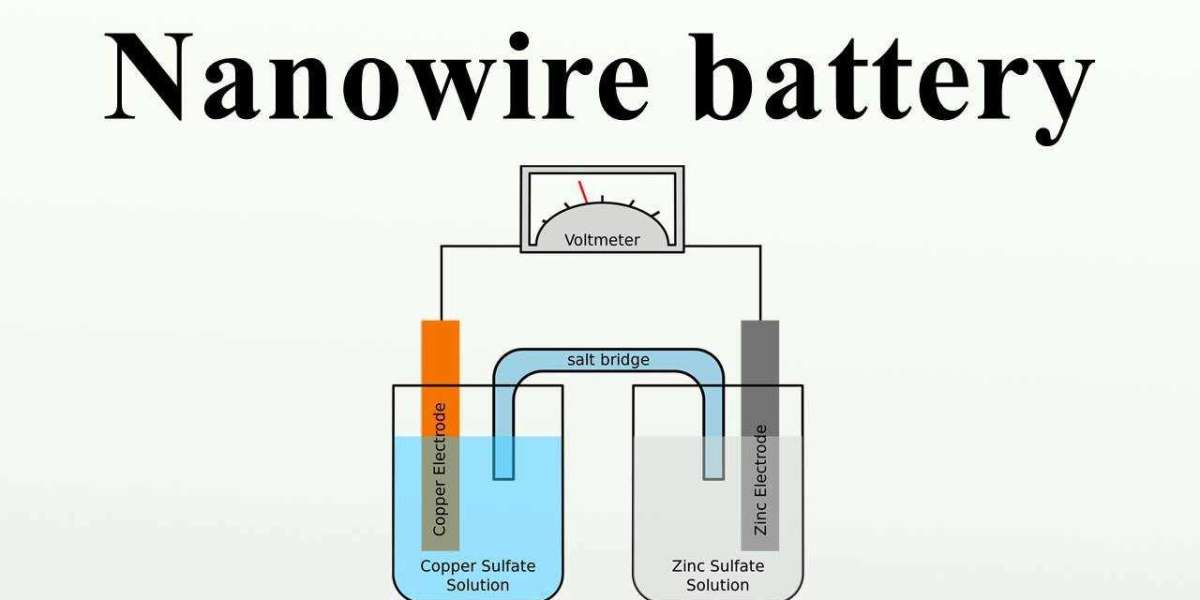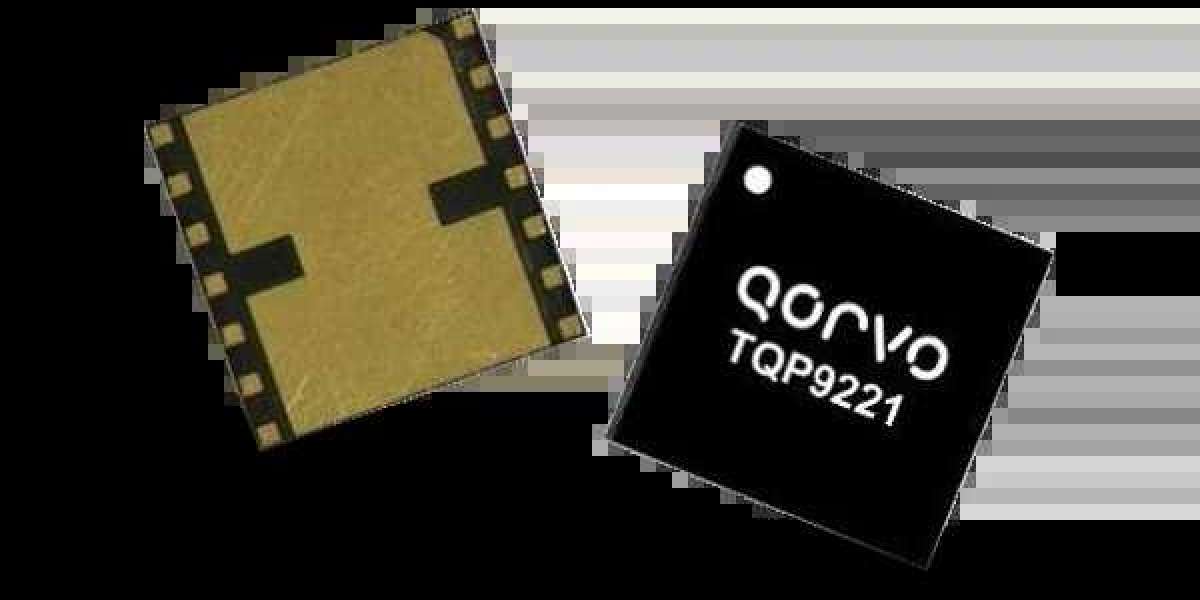 |
| Monoclinic VO2, adapted from here |
As I wrote last year, techniques have been developed in the last decade or two that use the inverse spin Hall effect as a tool for measuring the transport of angular momentum in insulators. We just applied this approach to look at the thermally driven transport of spin-carrying excitations (the spin Seebeck effect) in thin films of vanadium dioxide at low temperatures. VO2 is a strongly correlated transition metal oxide that has a transition at 65C between a high temperature (rutile structure) metallic state with 1D vanadium chains, and a low temperature (monoclinic structure) insulating state in which the vanadium atoms have formed dimers, as shown at right. I circled one V-V dimer in purple.
The expectation, going back almost 50 years, is that in each dimer the unpaired delectrons on the vanadium atoms form a singlet, and thus the insulating state should be magnetically very boring. That's why the result of our recently publishedpaperare surprising. In the "nonlocal" geometry (with a heater wire and a detector wire separated laterally on the surface of a VO2 film), we see a clear spin Seebeck signal that increases at temperatures below 30-40 K, indicating that somespin-carrying excitations are being thermally excited and diffusing from the heater to the detector. One natural suspect would be thermally activated triplet excitations called triplons, and we are continuing to take data in other geometries and to try to nail down whether that is what is happening here.
This has been a fun project, in part because I get a real kick out of the fact that this measurement technique is so simple and first-year undergrad physics says that you should see nothing. We are running ac current back and forth in one wire at a few Hz, and measuring the voltage across a neighboring wire at twice that frequency, on an insulating substrate. Instead of seeing nothing, because of the hidden action of spin in the insulator and spin-orbit physics in the wires, we see a clear signal that depends nontrivially on magnetic field magnitude and direction as well as temperature. Gets me every time.



![Plumbing Hardware Market Size [2024],Global Growth, Recent Scope, Sales & Revenue till 2031](https://xoxa.pengembangsebelah.com/upload/photos/2024/04/dLvn6CZ6y4o57FBEwwKW_19_7e9f4e0fd7d78cf18aee82778068fb9d_image.jpg)






